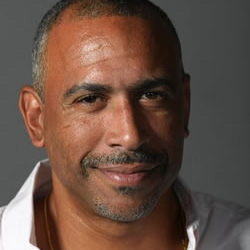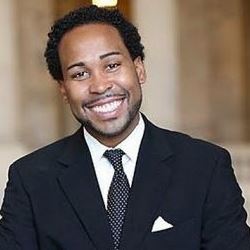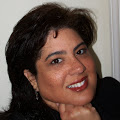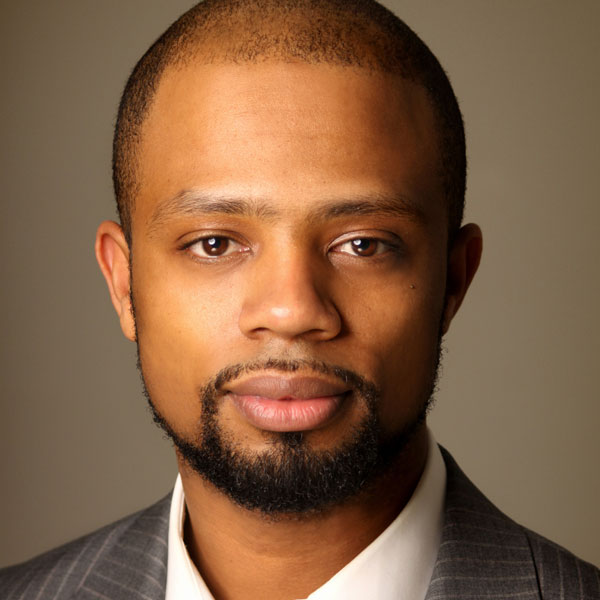Are suburban schools really better for our children?

This book takes you inside idyllic schools and looks at why students are still receiving a "separate and unequal" education.
Nestled in neighborhoods of varying degrees of affluence, suburban public schools are typically better resourced than their inner-city peers and known for their extracurricular offerings and college preparatory programs. Despite the glowing opportunities that many families associate with suburban schooling, accessing a district's resources is not always straightforward, particularly for black and poorer families.
Moving beyond class and race-based explanations, Inequality in the Promised Land focuses on the everyday interactions between parents, students, teachers, and school administrators in order to understand why resources seldom trickle down to a district's racial and economic minorities.
What's discussed in the book
Rolling Acres Public Schools (RAPS) is one of the many well-appointed suburban school districts across the United States that has become increasingly racially and economically diverse over the last forty years.
Expanding on Charles Tilly's model of relational analysis and drawing on 100 in-depth interviews as well participant observation and archival research, R. L'Heureux Lewis-McCoy examines the pathways of resources in RAPS. He discovers that—due to structural factors, social and class positions, and past experiences—resources are not valued equally among families and, even when deemed valuable, financial factors and issues of opportunity hoarding often prevent certain RAPS families from accessing that resource.
In addition to its fresh and incisive insights into educational inequality, this groundbreaking book also presents valuable policy-orientated solutions for administrators, teachers, activists, and politicians.
circlefacebook Like the Facebook Page and join the conversation
About The Author
What People Are Saying About Inequality in the Promised Land?

In this important new book, Lewis-McCoy reminds us that as America’s suburbs have become increasingly diverse, the challenge of providing all children with access to a high quality education has not gone away. For those who seek to understand why suburbia has not fulfilled the promises that so many have hoped would be possible, Inequality in the Promised Land will be an invaluable resource.
Pedro Noguera New York University, Author of The Trouble with Black Boys

Inequality in the Promised Land is a sobering reminder that issues of race still play a prominent role in educational inequality. It should not be the case that, in America, access to quality education is determined by zip code or genetic code.
David J. Johns Educator, current Executive Director of The White House Initiative on Educational Excellence for African Americans

Inequality in the Promised Land meticulously reveals hidden dimensions of unequal power and influence among black and white parents as they attempt to advocate for their children’s educational welfare in two presumptively even-handed suburban schools. An original, powerful, and troubling indictment of educational patterns that are too often downplayed and rarely, if ever, confronted directly.
Deirdre A. Royster New York University, Author of Race and the Invisible Hand
